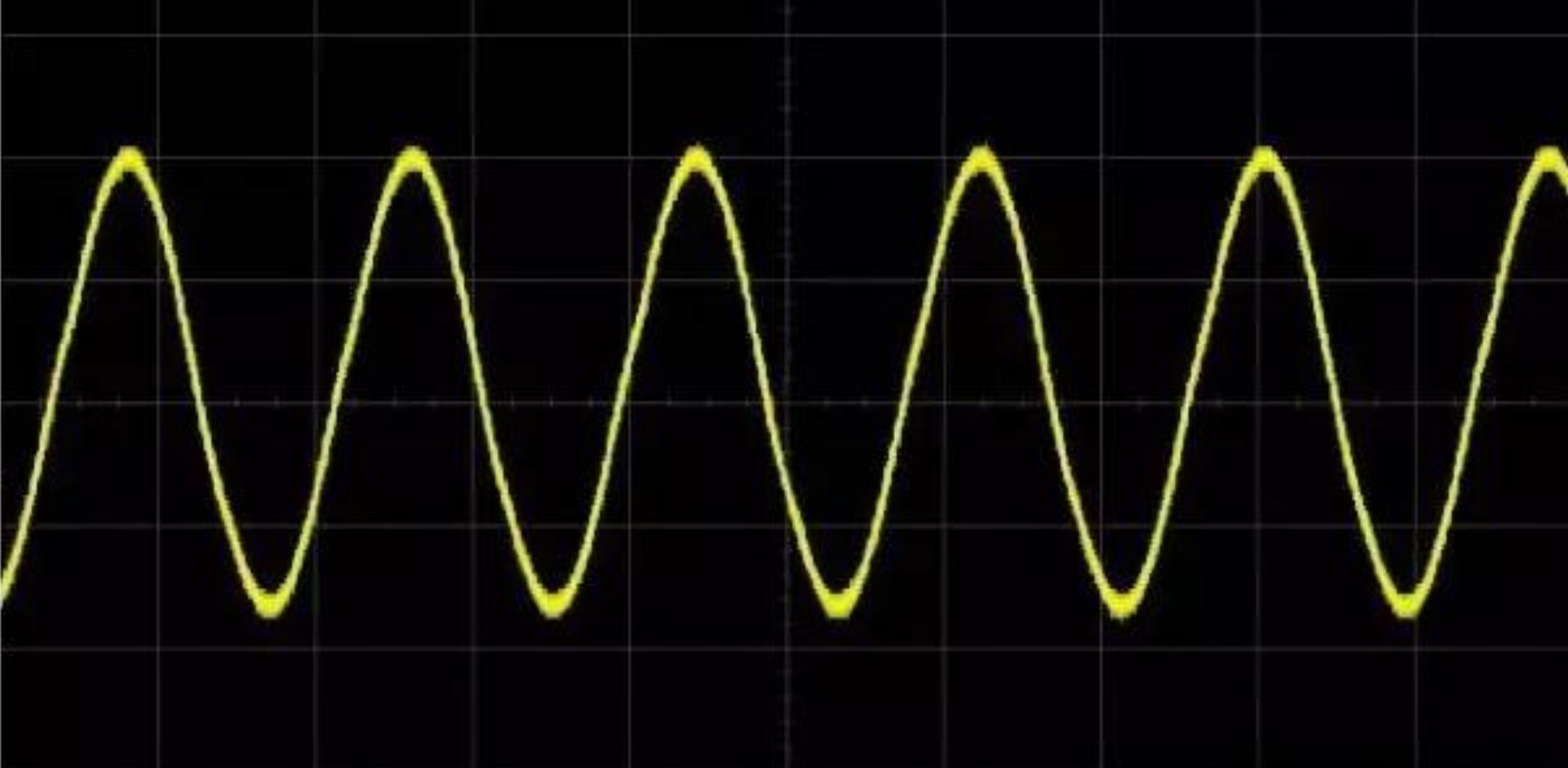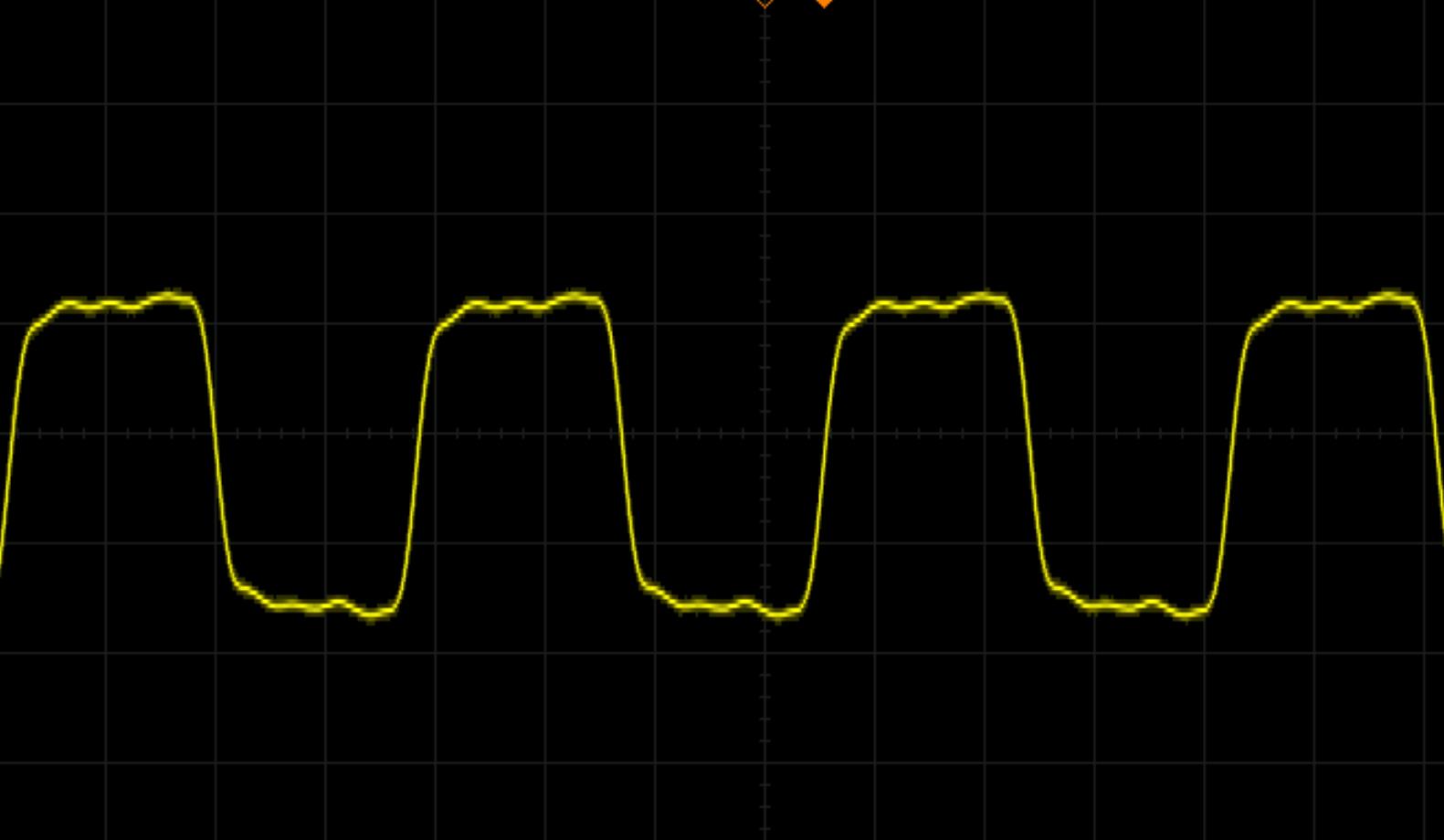Output waveform of active crystal oscillator
An active crystal oscillator, also known as a crystal oscillator, has two basic types of output waveforms: sine wave and square wave.

1. Sine wave: This is the most common output waveform of an active crystal oscillator. When a crystal operates at a resonant frequency, it produces a very pure sine wave output. This waveform has a wide range of applications in analog circuits and certain digital circuits. The characteristic of a sine wave is that the waveform is continuous, smooth, and symmetrical. Its frequency is stable and there is no obvious sawtooth shape. Sine wave output is very common in electronic devices that require high-precision time and frequency control, especially in situations with high oscillation frequencies (such as 3MHz or higher).

2. Square wave: A square wave is a digital waveform in which the voltage quickly switches between two different levels, usually from a positive power supply voltage to zero voltage (or negative power supply voltage), and then quickly transitions back to the original state again, continuously cycling the output. The output of square waves may be beneficial in certain applications, especially in digital circuits, as it can more easily interface with digital devices such as logic gates and microprocessors. However, it should be noted that the output of the square wave may contain high-frequency harmonic components, which may cause interference to other parts of the circuit.
These two waveforms each have their own advantages and disadvantages, and are suitable for different application scenarios. In practical applications, the choice of sine wave or square wave output waveform depends on the specific requirements of electronic devices and the overall circuit design requirements. For example, if the circuit requires stable frequency and time control, then sine wave output may be more suitable; If the circuit is a digital circuit that requires fast state transition, then square wave output may be more suitable.









